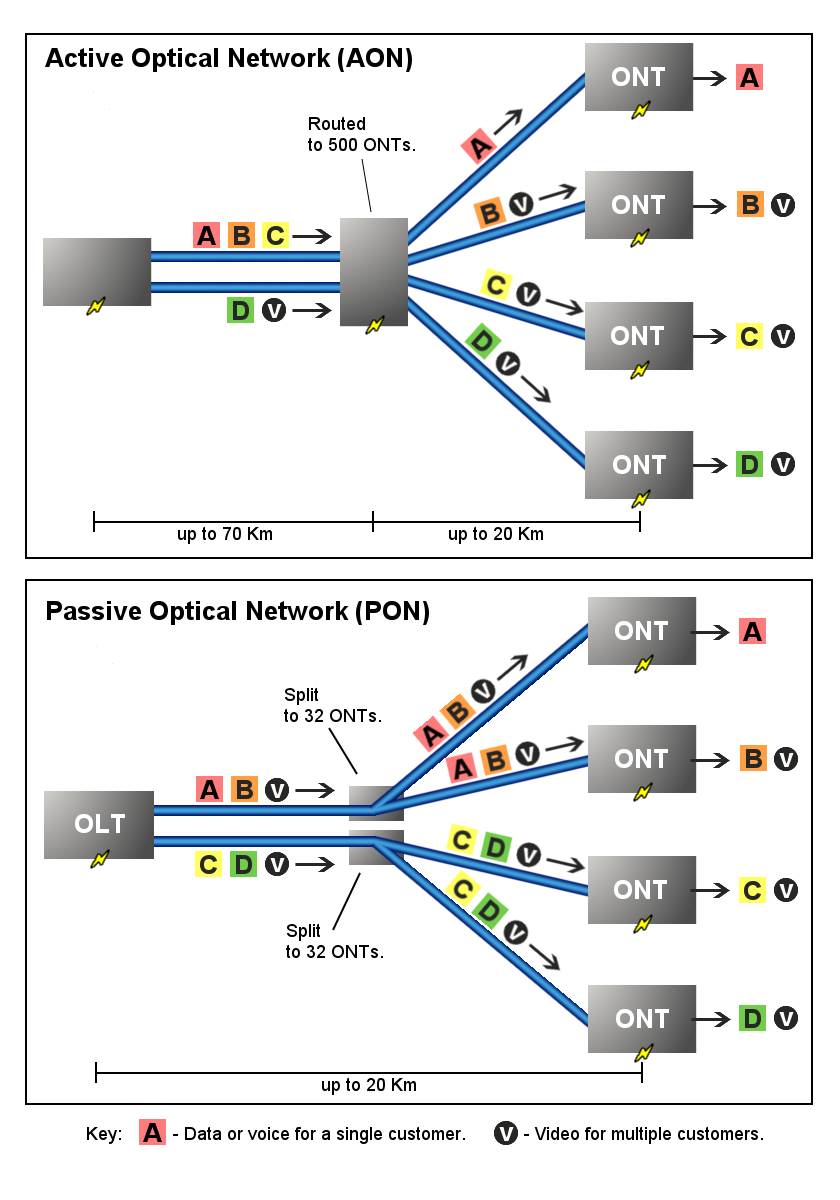TechSouth starts next Tuesday in Lafayette’s Cajundome Convention center. It’s one of the premier tech conferences in the South and this year’s lineup is no exception. If you’ve got an interest in technology–either from a business or an enthusiast perspective–going for TechSouth’s quick, FREE pre-registration is a no-brainer for locals. You’ll be treated to a set of resources unavailable in most of the country and certainly rarely free.
There’s the usual variety of exhibitors, seminars, and interesting keynotes (The ever-popular CTI of SGI makes a return appearance at the sold-out luncheon but you can still sit in on the presentation sans food.) If you scan the lists of events (especially the seminars) you’ll be able to pick out the ones that suit your personal or organizational interests.
Of course readers of this blog will have a special interest in matters relating to Lafayette’s new broadband systems. I say systems because it has become a quietly accepted assumption that a municipal wifi system will be coupled to our fiber to the home network. So now we’ve got two leading-edge technologies to watch–and TechSouth is a great place to finger the goods.
The exhibit hall is where you’ll find the fiber-related stuff. LUS has taken up a suite of four booths. Go and get your info from the horses mouth; the engineers that will be running the project will be on on hand. Wave7, a major fiber player, has a booth. But fiberistas should also make their way to local Abacus (home of fiberina), the Motorola booth for its fiber products, and, if sufficiently hard-core, Cisco’s.
On the wifi end you’ll notice a wealth of exhibitors. Tropos is the most obvious–LUS’ RFP has made Tropos equipment the standard by which they will measure other equipment. So go take a look at their latest and greatest; you’ll see it, or something like it, going up on polls here. Nortel has a muni wireless division. Motorola has wide-area wireless as well. But the wifi moment of note will be the two morning seminars (8:45!):
- Municipal Mesh Wireless Networks: Practical considerations when building large public wireless networks. Presented By: CISCO and
- Municipal Wireless Broadband Technologies. Enabling the entire solution to provide a network that works for you. Presented by: Nortel
Lagniappe of possible interest: LATG out of New Orleans is a Sun partner that appears to specialize in governmental contracting…readers may recall the early-in-the-fiber-fight discussions with Sun — Joey Durel had Sun CEO Scott McNealy on his radio show discussing the possibilities of using Sun terminals hooked up to high-speed fiber for really low cost computing. (Don’t recall? Try: (1,2)) I know some folks are still enamored of the idea and it would be one way to attack digital divide issues. So it’s interesting to see LATG make an appearance across the basin.



